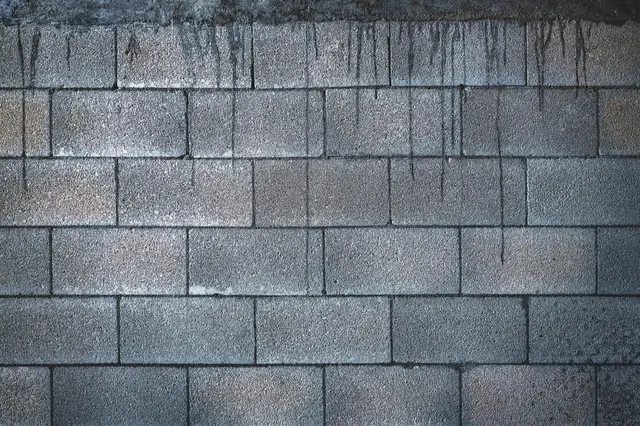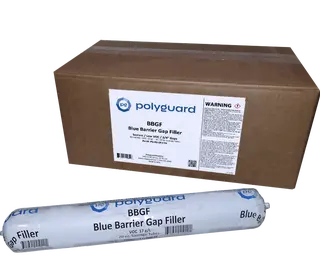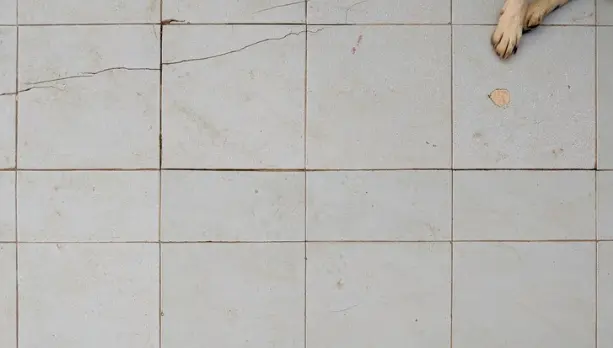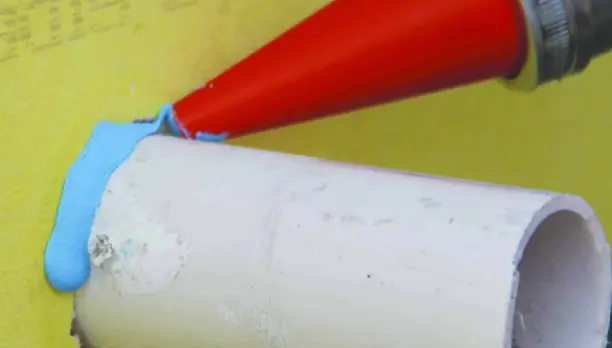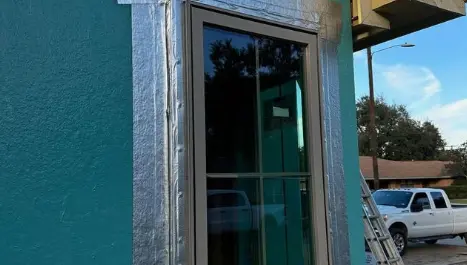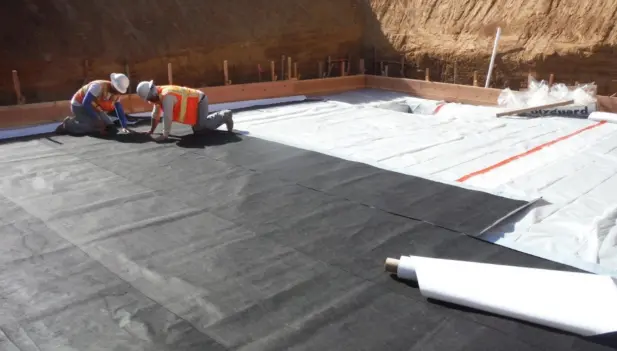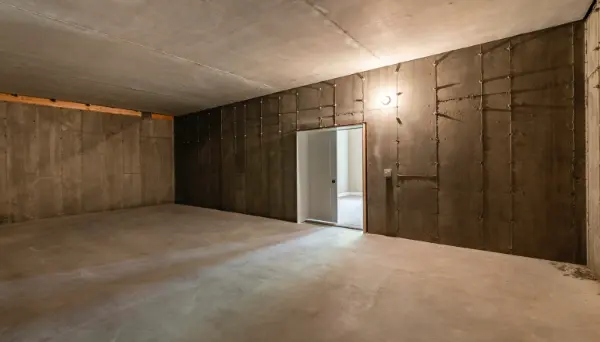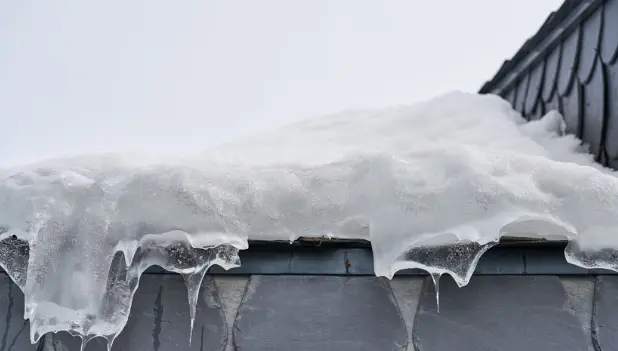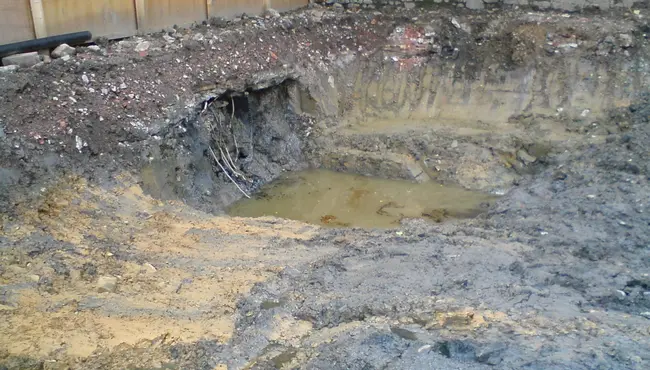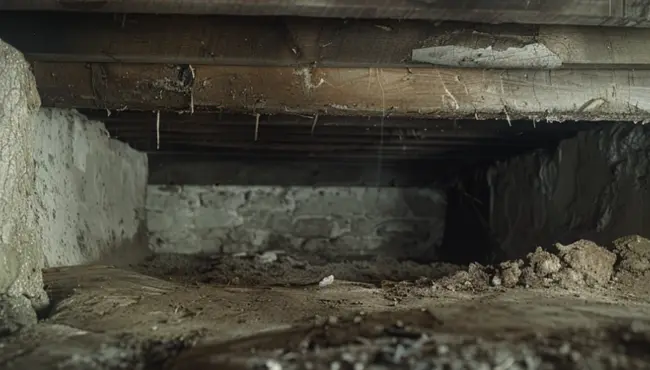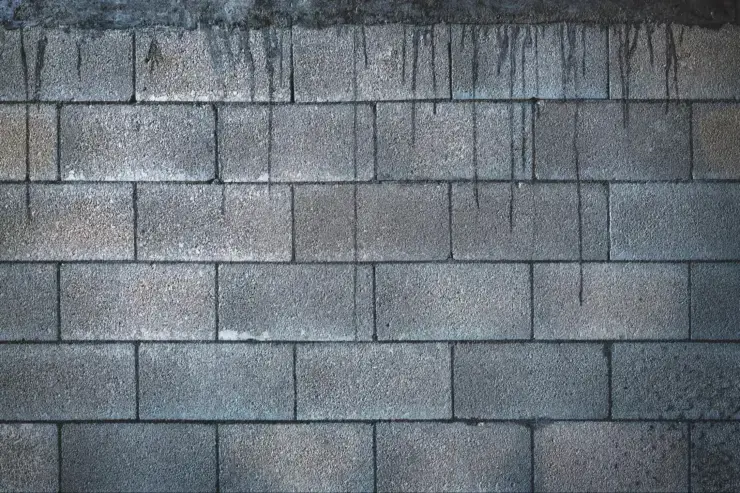
Contractors often use durable, strong concrete walls to build outbuildings, retaining walls, garden walls, masonry chimneys, and exposed foundations. However, drab and unappealing exterior concrete block walls can diminish a building or home’s curb appeal and resale value. Covering them will improve the overall attractiveness of the outdoor space, and can also help prevent cracking, rot, mold, and structural failures due to moisture infiltration into the concrete.
Permeable concrete will absorb water, which expands its pores, and ultimately damages the concrete. In addition, oil settlement and hydrostatic pressure may lead to hairline cracks in the joint areas of the concrete block wall, causing leaks. Covering the concrete block wall improves the aesthetics and provides some protection against moisture infiltration.
However, Polyguard recommends applying a quality sealant like Airlok Flex® VP to maximize the moisture resistance of the concrete block wall.
6 Ideas To Cover Concrete Block Walls
The covering you choose for your concrete block walls depends mainly on the look you want to achieve as well as your budget. However, before you, or the professional you hire, apply any cover, it is important to deep clean the concrete block wall and repair any damage, like cracks and holes, with a quality sealant, like Polyguard Blue Barrier Gap Filler (BB GF).
Note: To ensure the success of covering a concrete block wall to maximize its aesthetic appeal and improve its durability, Polyguard strongly recommends hiring professionals such as skilled masons.
1. Parge Cementitious Coating
Parging involves applying a clean, smooth cement coating over a concrete wall surface, which creates a neat, finished appearance that hides surface imperfections. Adding materials like pebbles or smooth rocks to the cement coating can also achieve a textured appearance. You can add color to the coating by painting over the cement after coating it with a concrete primer or mixing colored pigment into the wet cement. In addition, a waterproofing coating can be applied over the cement coating.
COST: It costs, on average, $1.50 – $3.50 ft2 to parge, depending on the surface preparation and mesh required. Additionally, painting the wall costs $0.65 – $0.80ft2.
2. Decorative Stucco Coverings
Covering concrete block walls with stucco (a sandy cement-like material made of silica, lime, and concrete) creates a classic finish with endless color and texture choices.
Besides improving aesthetics, stucco has several other benefits:
Minimizes the transfer of heat between the interior and exterior, to lessen energy use.
Will help protect the concrete blocks from weather, impact, and other exterior forces.
Low-maintenance and requires minimal cleaning.
NOTE: Stucco requires some moisture to stick to the concrete block; therefore, do not seal before applying stucco.
COST: Covering a concrete block wall with stucco costs $3.00 – $4.00 ft2
3. Vinyl Siding
Covering concrete block walls with vinyl siding creates a pristine, uniform appearance between adjacent structures on a property. In addition, vinyl sidings offer a wide range of textures and colors, including those that mimic stone and wood. However, contractors find installing vinyl sidings on concrete challenging because it requires nailing furring strips between the joints of the blocks, which makes this method of covering concrete more costly.
COST: Covering concrete block walls with vinyl siding costs $3.30 – $6.70 ft2.
4. Artificial Stone Panels
Covering a concrete block wall with artificial stone panels (veneers) is a less costly, easier way to achieve the look of a natural stone appearance. Artificial veneer stone panels come in various designs and styles, like river rock, field stone, ledge stone, and slate.
COST: It costs $13.00 – $30.00 ft2 to cover a concrete block wall with artificial stone veneer.
5. Natural Stone
Building a stone wall around concrete walls adds a rustic, classic ambiance - an excellent backdrop for a garden or lush yard. An experienced mason will use bonding cement, mortar, and grouting to get the small stone to cling to the concrete block in order to make the stone wall.
COST: It will cost significantly more to cover a concrete block wall in natural stone rather than artificial stone.
6. Natural Green Covering
Covering a concrete block wall with climbing plants can add natural color to a dull cinder block wall. However, to keep the plants from damaging the concrete block, you must apply a cement barrier before planting the plants. In addition, the plants may also become unsightly without regular maintenance.
Good, lightweight plants for covering concrete block walls include sweet peas (Lathyrus odoratus), saucer (Cobaea scandens), clematis, and ivy.
Cost: The cost to cover a concrete wall with greenery will depend on the plants.
Polyguard Airlok Flex® VP Waterproofing Sealant for Concrete Block Walls
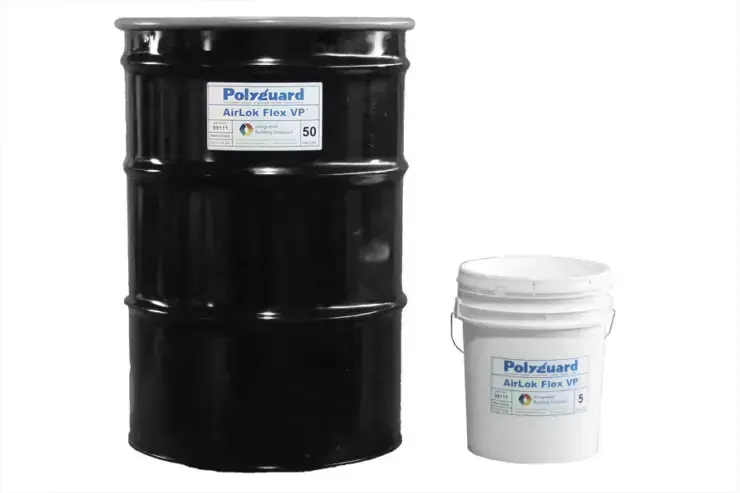
Water-based, permeable, cold fluid-applied, single-component, acrylic-based Polyguard Airlok Flex® VP provides an effective defense against moisture and air infiltration into concrete block walls, concrete, paper, glass, or foil-faced sheathing, plywood, oriented strand board (OSB) and rigid insulation in the cavity. Its elastomeric membrane design prevents air and moisture penetration, and allows water vapor to escape. UV-resistant Airlok Flex® VP can be applied in temperatures of 40°F up to 120°F.
Why Cover Concrete Block Walls?
Covering clean, smooth concrete block walls will transform drab, gray concrete walls into attractive structures with improved curb appeal. It also provides some protection against damaging water infiltration. To further protect the concrete from moisture and air infiltration, Polyguard recommends applying a sealant like Polyguard Airlok Flex® VP.
Contact the Polyguard professionals today for more ideas for covering concrete block walls and the importance of sealing against moisture and air infiltration!
